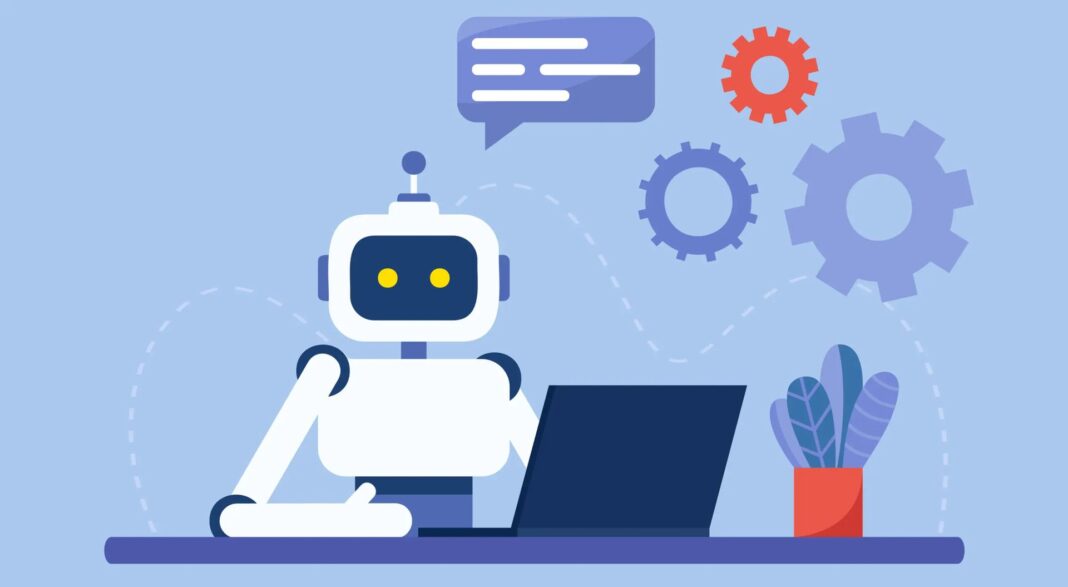AI content detectors have become a hot topic as AI language models have almost completely taken over today’s academy.
In recent years, artificial intelligence (AI) has made significant progress in natural language processing (NLP), enabling machines to generate high-quality and diverse text that can be indistinguishable from human writing.

While this technology has many applications and benefits, it also raises concerns about the authenticity and credibility of text produced by AI engines. In this article, we will discuss how to detect if a text has been written using AI engines like ChatGPT and Bard AI.
Using AI content detectors to determine AI-Generated texts
Nowadays, it is difficult to tell if a piece of writing was created by an AI engine like ChatGPT or Bard AI just by looking at it. However, there are AI content detectors available that can help identify AI-generated text.
AI content detectors you may utilize to check if an article you are reading has been written by AI or not are as follows:
- OpenAI’s AI Text Classifier
- Originality.ai
- GPTZero
- Plagibot
- Content at Scale
- Writer.com
These are some of the best AI content detectors. These tools use various methods to differentiate between human-written and computer-generated text.
While no tool can guarantee 100% accuracy, most plagiarism checkers can accurately determine whether a piece of text was written by an AI engine.
OpenAI’s AI Text Classifier
This plagiarism checker is developed by OpenAI and is a GPT-3 and ChatGPT detector designed to differentiate between human- and computer-written text.
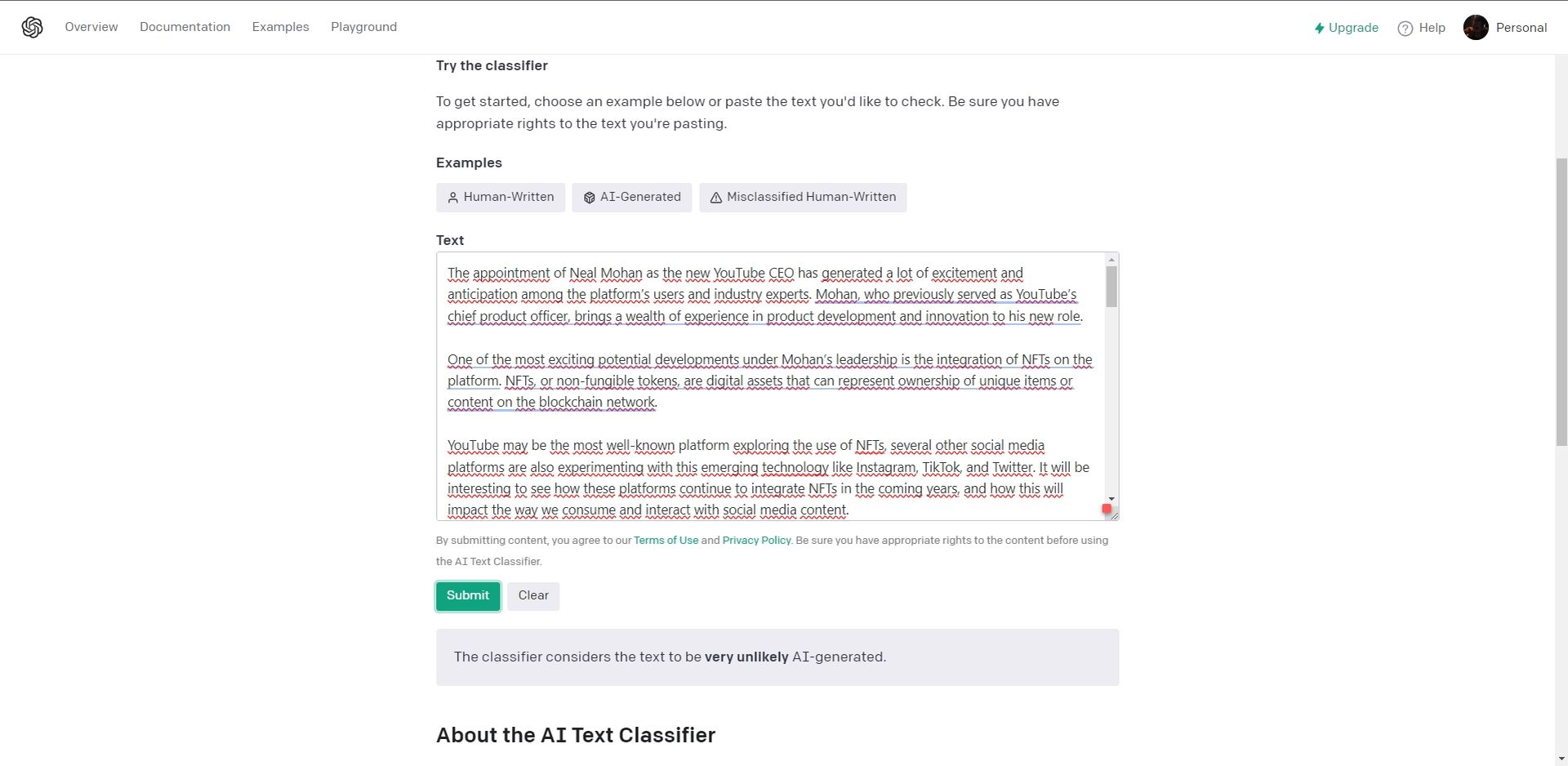
The AI Text Classifier determines the likelihood that AI created a piece of text and provides results ranging from “very unlikely” to “likely”. You can try out Open AI’s Text Classifier AI content detector using the link here.
Originality.ai
This plagiarism checker detects duplicated material and other forms of automated writing. It’s a user-friendly tool where users can either insert copied text into its artificial intelligence analyzer or provide the address of the web page they want to check.
You may access Originality.ai using the link here.
GPTZero
This is a free tool for educators that identifies more than 98% of ChatGPT-generated works. It was developed by Edward Tian, a senior at Princeton, to prevent students from using ChatGPT to cheat in class.
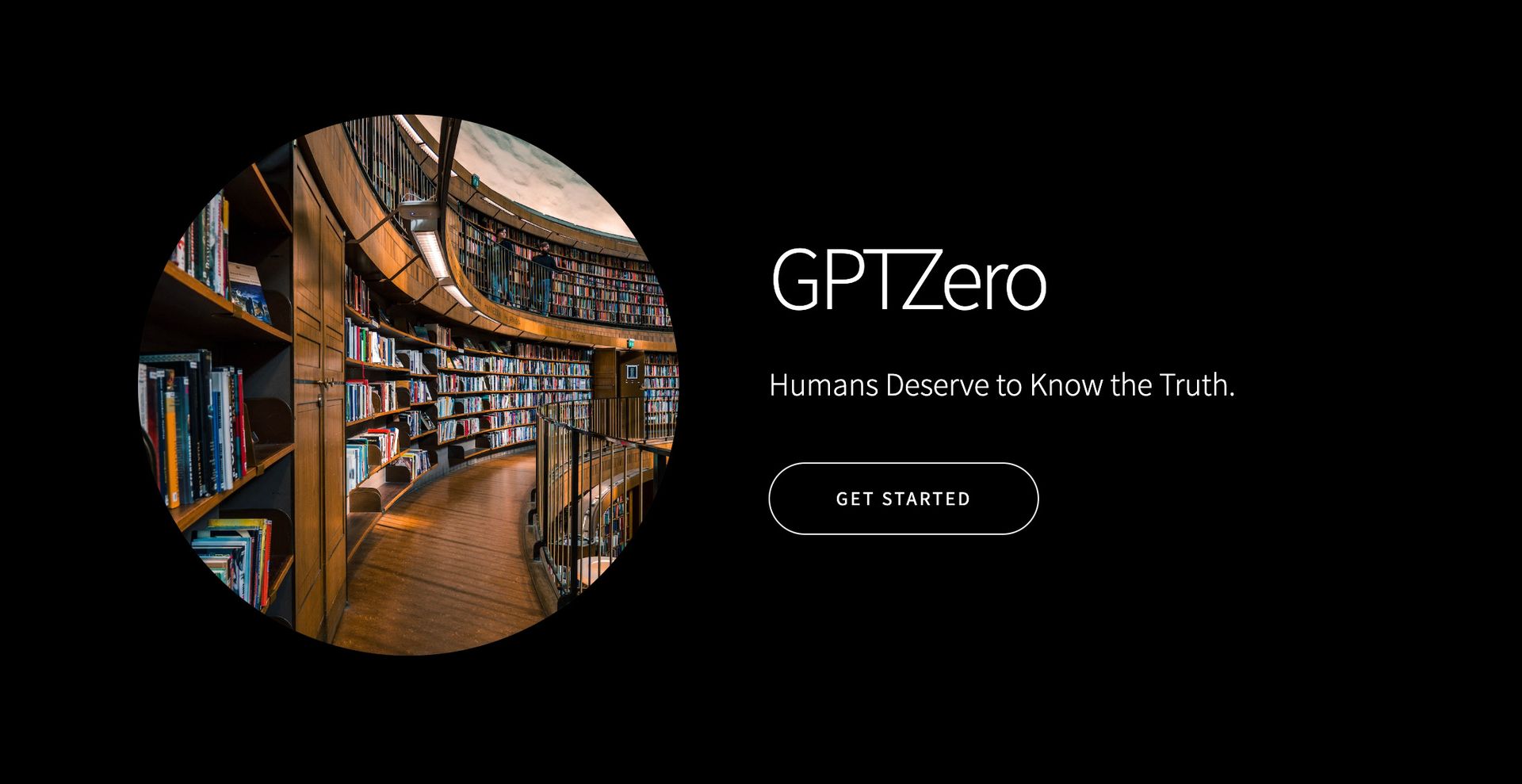
Use this link to access the GPTZero AI content detector.
Plagibot
Next up in AI content detector apps is Plagibot.
Plagibot is a popular and reliable tool for checking plagiarism. Users can copy and paste the text they want to check and click the “Search” button for quick results.
You can try Plagibot using the link here.
Content at Scale
Content at Scale is an AI content platform that provides access to a highly effective AI-based content detector that is both cost-free and easy to use.
Check out the Content at Scale AI detector using the link here.
Writer.com
This online hub for authors includes an AI-powered plagiarism checker that is free for users. It’s a full-fledged writing hub that employs artificial intelligence to create fresh content from standard text inputs.
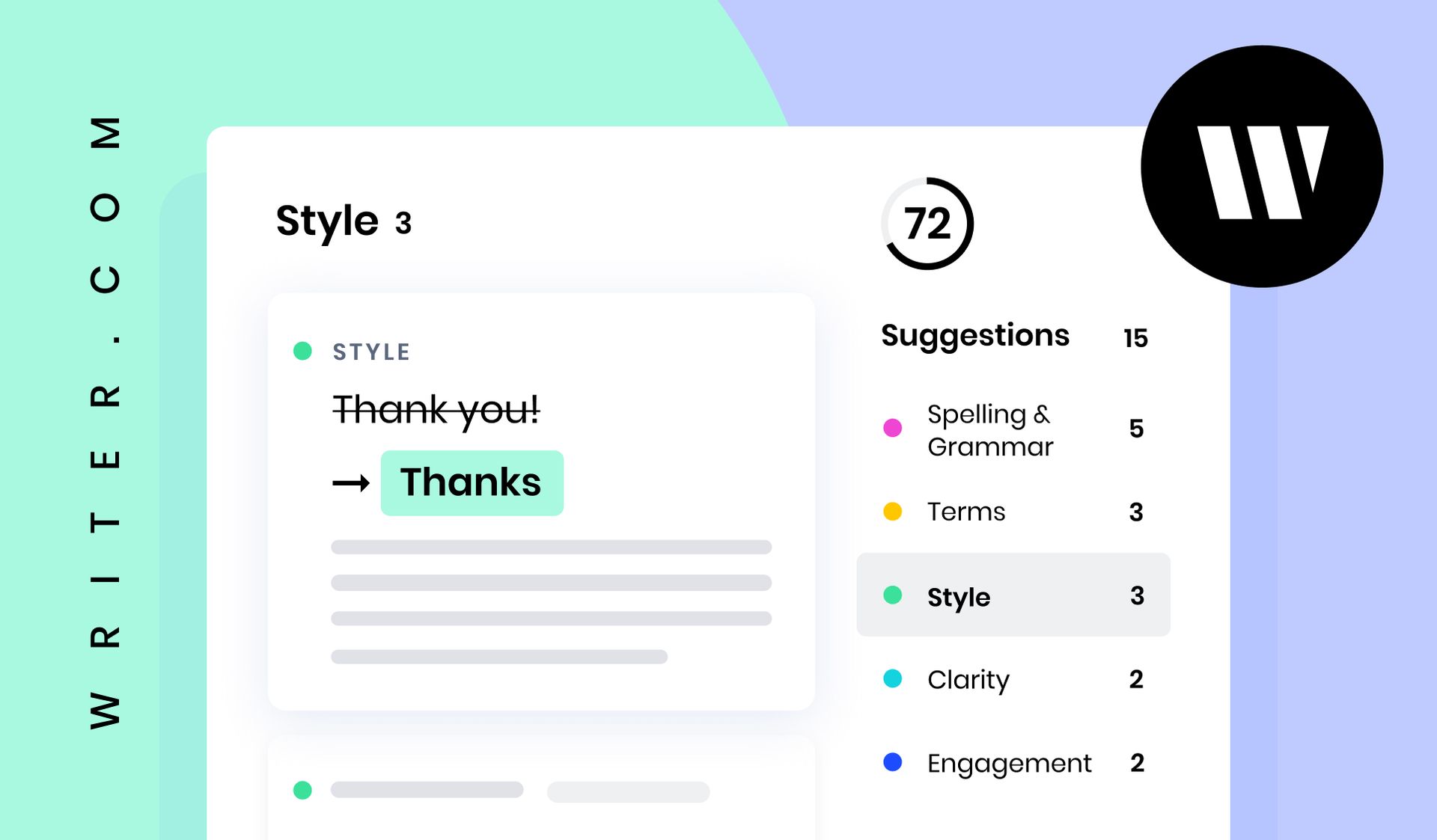
Writer.com gives the best results for us as an AI content detector.
The characteristics of AI-Generated texts
The AI-generated text has certain characteristics that can distinguish it from human writing. These characteristics include:
Consistency: AI-generated text tends to be consistent in style, tone, and vocabulary throughout the text, even if the topic or context changes.
Repetition: AI-generated text may contain repetitive phrases, sentences, or ideas, as the machine may reuse the same patterns or templates.

Coherence: AI-generated text may lack coherence or logical flow, as the machine may not fully understand the meaning or context of the words and sentences.
Unusual phrases: AI-generated text may use unusual or rare phrases or words that are not commonly used in human writing.
Additional techniques for detecting AI-Generated text
There are several techniques and tools that can help you detect if a text has been written using AI engines like ChatGPT and Bard AI. These techniques include:
- Using linguistic analysis
- Comparing the text to known AI-Generated text
Using linguistic analysis
Linguistic analysis is a method that uses natural language processing techniques to analyze the characteristics of text, such as syntax, semantics, and discourse structure.
Linguistic analysis can help detect if a text has been written using AI engines by identifying patterns, repetitions, and inconsistencies in the text.
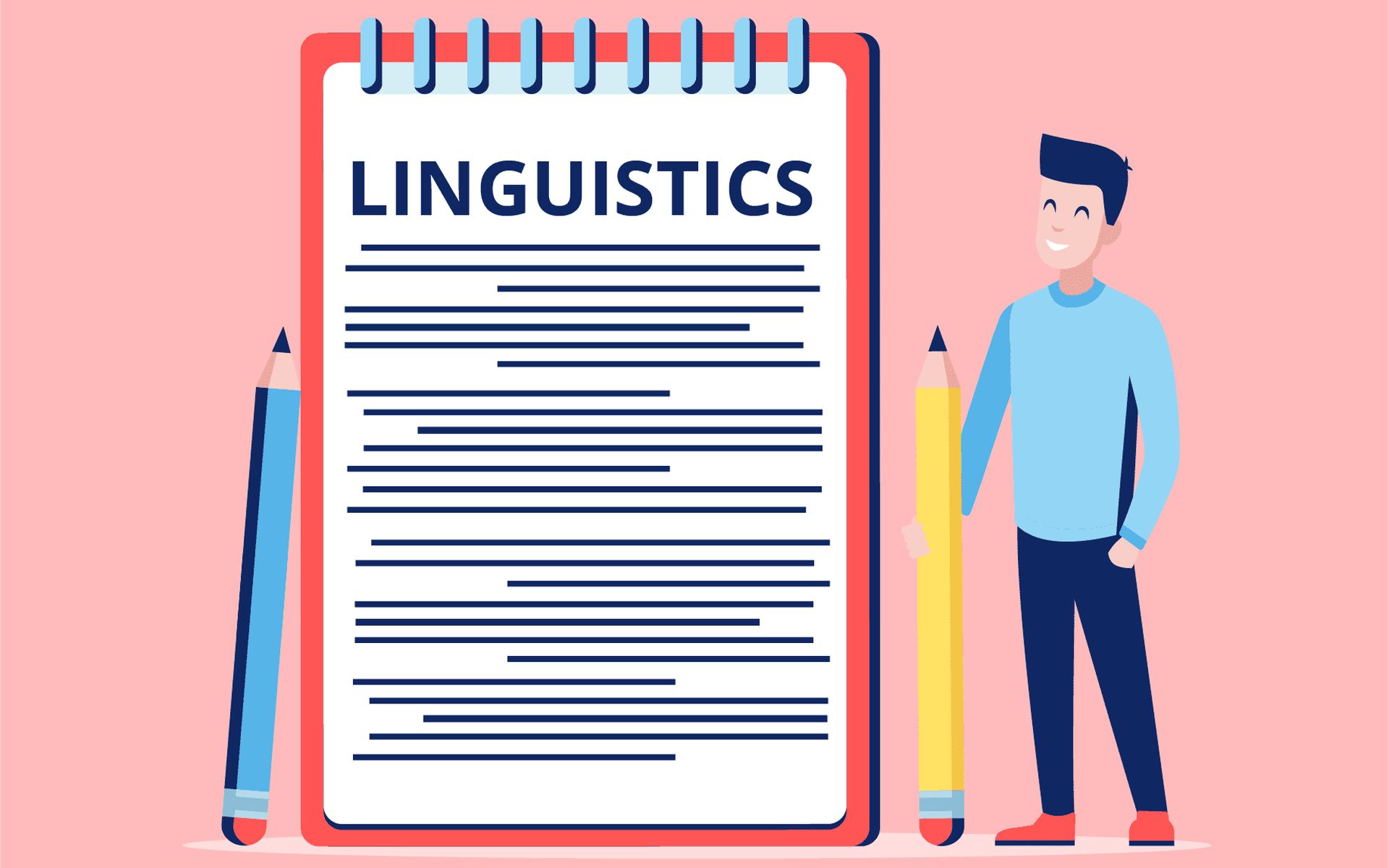
Comparing the text to known AI-Generated text
Another technique is to compare the text to known examples of AI-generated text, such as those generated by ChatGPT or Bard AI.
By comparing the text to these examples, you can identify if the text shares similar characteristics or patterns.
We hope that this technology, which helps us in every field today, does not distance us from humanity and does not turn us into robots that feed AI with information.
After all, even the AI-generated Trump-Biden debate went viral and has become the news we talk about the most on social media.

